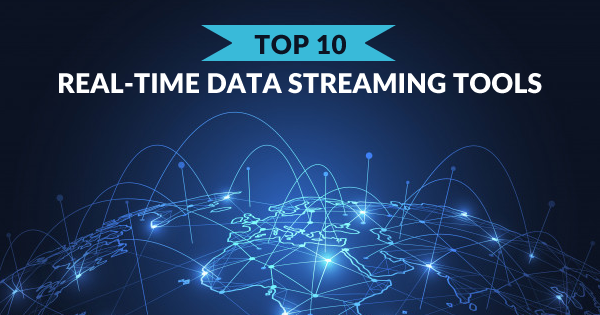The Rise Of Augmented Reality Headsets: A New Era Of Digital Interaction
In recent years, augmented reality (AR) has transitioned from a futuristic concept into a transformative technology with the potential to revolutionize our interaction with the digital world. Central to this shift are AR headsets, sophisticated devices designed to overlay digital information onto the physical world, thereby enriching our everyday experiences. This article delves into the current state of AR headsets, their technological advancements, applications, and the future prospects of this burgeoning field.
Understanding Augmented Reality Headsets
Augmented reality headsets are wearable devices that enhance the user’s perception of the real world by superimposing digital information such as images, sounds, and data. Unlike virtual reality (VR), which immerses users in a completely digital environment, AR maintains a connection to the physical world while adding a layer of digital content. This seamless integration offers a unique way to interact with both physical and digital elements simultaneously.
The core components of AR headsets include advanced optics, sensors, and processors. Optics are responsible for projecting digital images into the user’s field of view, while sensors such as cameras and depth sensors capture the physical environment and track user movements. Powerful processors handle the computational demands of real-time data processing and rendering.
Technological Advancements in AR Headsets
Recent years have seen significant advancements in AR headset technology. One of the key areas of development is in display technology. Modern AR headsets employ high-resolution displays that offer vibrant, clear visuals and minimal latency, which is crucial for maintaining a natural and engaging user experience. Additionally, improvements in field of view (FOV) allow for a more immersive and expansive digital overlay, enhancing the overall effectiveness of AR applications.
Another critical advancement is in the area of spatial computing. AR headsets now feature advanced spatial mapping and object recognition capabilities, enabling them to accurately understand and interact with the physical environment. This technology supports more complex interactions and enhances the realism of digital content.
Battery life and ergonomics are also areas of focus. As AR headsets become more powerful, manufacturers are developing more efficient power management systems to extend battery life. Meanwhile, improvements in design and materials are making headsets lighter and more comfortable to wear, which is essential for prolonged use.
Applications of Augmented Reality Headsets
The versatility of AR headsets allows for a wide range of applications across various fields. In the realm of entertainment and gaming, AR headsets create immersive experiences that blend digital content with the physical world. Games like Pokémon GO have demonstrated the potential for AR to transform how we interact with digital characters and environments.
In professional settings, AR headsets are proving invaluable for training and simulations. Industries such as healthcare, manufacturing, and aviation use AR to provide realistic training scenarios, allowing users to practice skills and procedures in a controlled environment. For example, surgeons can use AR to visualize critical information during operations, while engineers can overlay schematics onto physical machinery to aid in repairs and maintenance.
Retail and marketing are also benefiting from AR technology. AR headsets enable consumers to visualize products in their own homes before making a purchase, enhancing the shopping experience and potentially increasing sales. Virtual try-ons for clothing and accessories are becoming more common, allowing users to see how items will look on them without physically trying them on.
The Future of Augmented Reality Headsets
Looking ahead, the future of AR headsets is promising. As technology continues to evolve, we can expect even more sophisticated devices with improved capabilities. Emerging trends include the development of lighter, more stylish headsets that resemble everyday eyewear, making AR technology more accessible and less obtrusive.
Integration with artificial intelligence (AI) is another exciting development. AI can enhance AR experiences by providing more intuitive interactions, personalized content, and advanced recognition of objects and gestures. This synergy between AR and AI is likely to open new possibilities for innovation and applications.
Moreover, as 5G and future 6G networks roll out, the increased bandwidth and lower latency will further enhance the performance of AR headsets. This will enable more seamless and real-time interactions with digital content, making AR applications even more immersive and practical.
Conclusion
Augmented reality headsets are at the forefront of a technological revolution that is transforming how we interact with the digital and physical worlds. With ongoing advancements in technology and a growing array of applications, AR headsets are set to become an integral part of our daily lives, shaping the future of digital interaction in profound ways.




